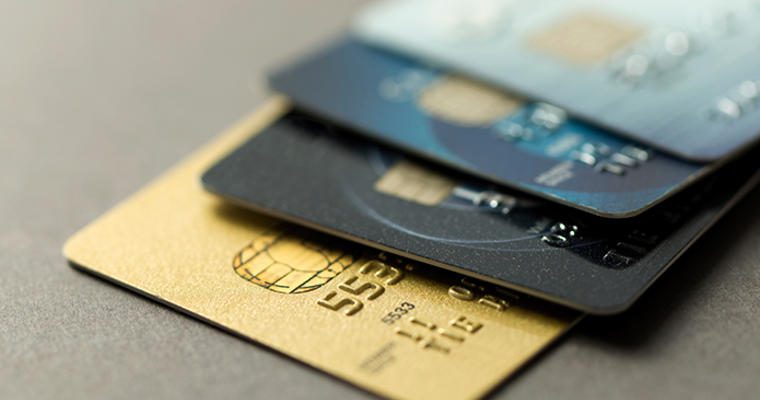By now, you’ve heard the news: Beginning October 1, restaurants not using EMV card readers at checkout will be responsible for fraudulent transactions made using EMV chip-enabled credit cards.
Even though this sounds ominous, there is no government mandate for restaurants to switch to an EMV card reader. Even so, your business should care about credit card fraud. It’s costly for both your business and your customers. Whether switching to an EMV reader is right for your business depends on a lot of factors, but here are three reasons why you should care about this new technology.
3 Reasons Why You Should Consider Switching to an EMV Card Reader
1. All Fraud Hurts
Your business may not get burned by fraudulent cards very often, but once it becomes your responsibility to pay—not the banks or credit-card issuers—you’ll feel the financial burden, no matter how big or how small.
If you operate a hot dog stand or small lunch counter, a few fraudulent purchases may not break the bank, but they do add up over time. If you run a catering business or host dinner parties for large gatherings, getting burned by fraud just once could be crippling.
Either way, the cost is yours to absorb. This makes now an ideal time to weigh the cost of fraudulent purchases compared to the cost of updating to an EMV reader POS system. Consult with your current POS provider about EMV reader options, or ask your Gordon Food Service Customer Development Specialist for advice on the best time to switch and to discuss upgrade choices.
2. EMV is the New Standard
Another good reason to care about EMV card technology is because it’s the wave of the future in the card-payment industry. EMV stands for Europay, Mastercard, and Visa, the three major corporations responsible for creating a new global security standard for credit card transactions. It is widely used outside the United States, and has been adopted by Mastercard, Visa, Discover, American Express, and others. It will eventually phase out the magnetic-swipe system still prevalent in the United States. This Visa infographic shows the EMV timeline and how the transition will affect merchants and consumers.
In the near future, EMV technology will be common. An EMV chip comes embedded in all new credit and debit cards issued by major credit card companies and banks. Consumers will quickly become accustomed to using the cards, and their security features will bolster their popularity. In the end, customer demand may be the most important reason to make the change.
3. EMV Technology is Hard on Crooks, Easy on You
EMV credit cards come embedded with a computer chip that has processing power to run applications and algorithms that use cryptography. This is basically an elaborate key that unlocks information and allows an EMV card to assign a unique digital code to each transaction. The card, when inserted into the slot on an EMV reader—a process known as card dipping—is left in place while the card’s chip communicates directly with the bank to authenticate the transaction. The encrypted code that is shared makes the chip-to-bank link more secure. And, because the code shared by the card and bank is only valid once, stolen data cannot be reused.
More and more of your customers have chip-enabled cards. Once you decide which EMV card reader is best for you, making a restaurant transaction will happen in one of two ways: chip and signature or chip and PIN. Here’s how each one works:
Chip and Signature
- The bill comes to the table, and the customer provides a credit card.
- The server takes the card and inserts it into the EMV card reader—a process known as card dipping.
- The card “talks” directly with the credit provider, and the server follows the instructions on the screen.
- The server returns with a receipt and the customer signs, leaving an optional tip.
- The server adds the tip to the captured transaction information.
- The restaurant closes the transaction and returns the card to the customer.
Chip and PIN
- The server brings the bill to the table.
- When the customer is ready to pay, the server provides a portable EMV reader to the table.
- The customer inserts the card, follows the instructions, adding an optional tip, and then enters a PIN on the reader’s keypad.
- The server completes the transaction, removes the card, and prints a receipt.
- If there are split checks, each customer will use this method.
Looking Ahead—The Time is Now
These three reasons—fraud costs, changing standards, and ease of use—mean EMV cards and card readers will become increasingly common. In an industry that thrives on staying on top of trends and capturing innovation, you don’t want to get caught off-guard by the upcoming EMV transition. It could be crucial to your financial future.
The costs involved in POS system upgrades may prevent your business from signing on by October 1. But you should be asking questions now to decide the right time to make the upgrade. Your Gordon Food Service Customer Development Specialist is prepared to discuss the EMV shift and offer solutions to help make this transition a smooth one.




























